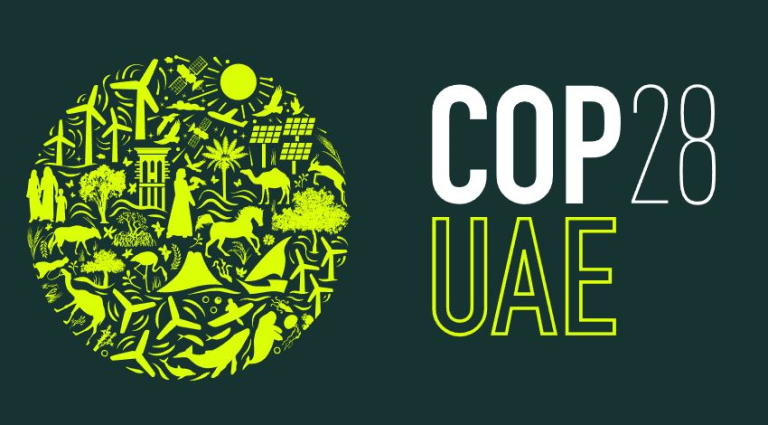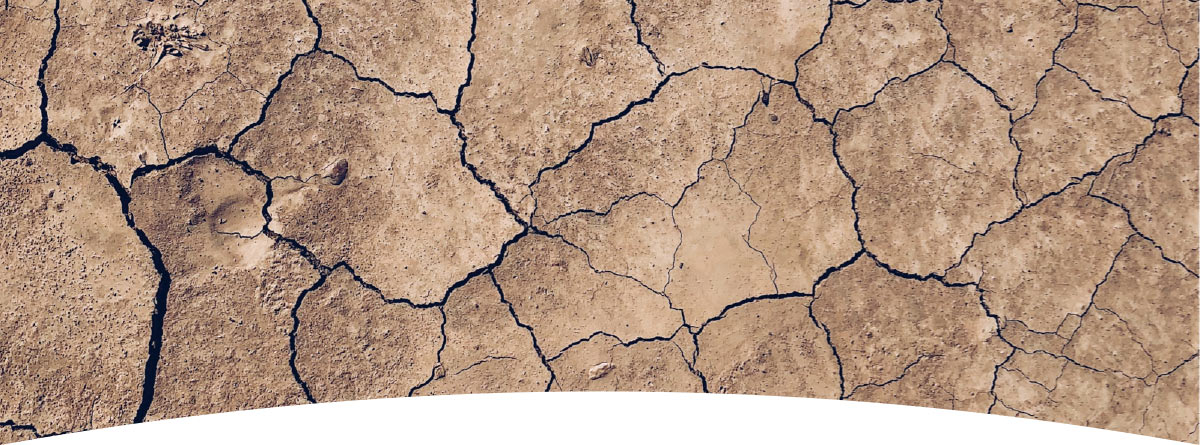
Climate change
The effects of global warming are already bringing harm to human communities and the natural world. Further temperature rises will have a devastating impact and more action on greenhouse gas emissions is urgently required. Multiple factors contribute to climate change, and multiple actions are needed to address it. The number of people on our planet is one of those factors. Every additional person increases carbon emissions — the rich far more than the poor — and increases the number of climate change victims – the poor far more than the rich.

Globally, Gross Domestic Product (GDP) per capita and population growth remained the strongest drivers of CO2 emissions from fossil fuel combustion in the last decade.
– Intergovernmental Panel on Climate Change, Sixth Assessment Report, Climate Change 2022: Mitigation of Climate Change
As well as driving emissions, population growth is also important because it affects the Earth’s ability to withstand climate change and absorb emissions, such as through deforestation as land is converted for agricultural use to feed a growing human population.
We are currently adding more than 80 million people a year to our global population. The UN projects that without further action to address population growth, there will be two billion more people by 2050, and three-and-a-half billion more by 2100.
The climate crisis
Further warming of our atmosphere is now impossible to avoid. The effects of that warming will depend on how high and how fast the temperature rises. Global warming changes weather patterns, causing severe weather events, heatwaves, droughts and floods.
Climate change is already shrinking glaciers and ice caps, altering the availability of fresh water. It contributes to ocean acidification, destroying coral reefs and other aquatic ecosystems. It makes places uninhabitable for some plants and animals, leading to extinctions and redistribution of species, threatening food production with alien pests and diseases.
For many people in the world, the impacts of climate change are already here: extreme weather events like the Australian bushfires and floods in Kenya devastate lives, while critical impacts on agriculture such as through soil degradation and unseasonal weather lead to unpredictable and unstable crop yields – especially dangerous for the poorest.
Its potential human cost is catastrophic. A rise in sea levels threatens hundreds of millions of people in coastal communities and cities across the globe. Food and water shortages and conflict over productive land will arise, while progress in global health could be rolled back by communicable diseases such as malaria reaching places they never existed before. Hundreds of millions of people are likely to be forced to migrate from their homes by 2050.
Climate change action
There are multiple drivers of the climate crisis, among which population is only one. Overwhelmingly, emissions are produced by people in the richest countries, and industrial development and consumption patterns in the Global North are primarily responsible for the crisis we are in today. Technological solutions, personal lifestyle changes, policies to end fossil fuel use and develop alternative energy and potentially fundamental changes to our economic sytems are all vital, especially as the timescale for preventing catastrophic climate change is so short – now less than a decade, according to the IPCC.
Whatever other changes we make, however, their positive impacts will be reduced and may even be completely cancelled out by adding emissions from hundreds of millions of new people as our population increases.
According to 2020 research evaluating 44 countries, emissions arising as a result of population growth wiped out two-thirds of the reduction in emissions arising from greater energy efficiency between 1990 and 2019. Meanwhile, solutions such as reforestation may be more difficult to implement with more people needing food and land. In its landmark 2018 report, the Intergovernmental Panel on Climate Change specifically identified high population growth as a “key impediment” to hitting the critical target of limiting global warming to 1.5°C above pre-industrial levels.
Addressing population growth is not a panacea for climate change, but it will help reduce future carbon emissions, and boosts the effectiveness of other solutions.
Most importantly, it can be achieved through positive actions which empower people and improve lives.
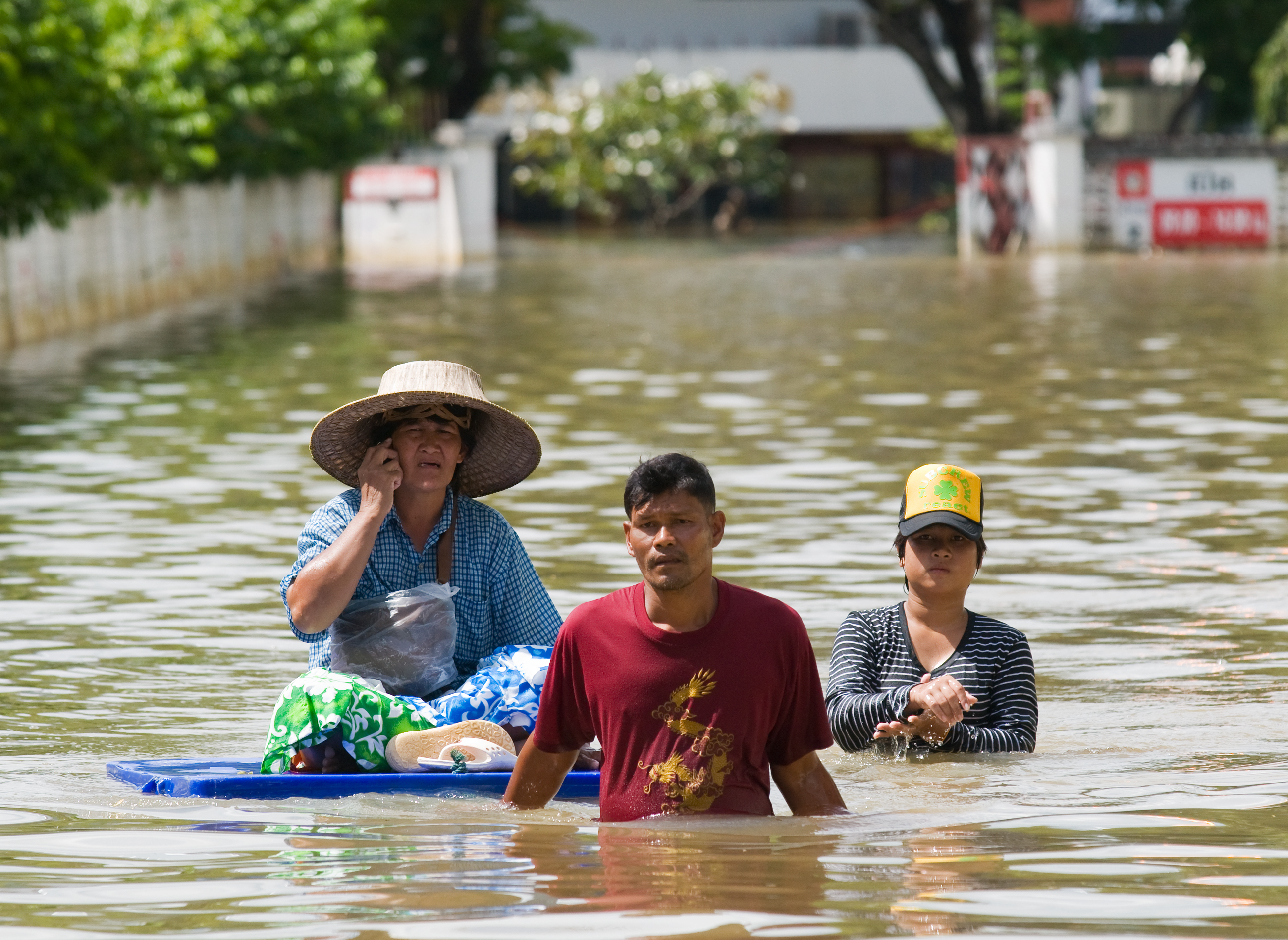
Global policy
The 2019 Scientists’ Warning of a Climate Emergency, signed by more than 13,000 scientists from around the world, explicitly calls for “bold and drastic transformations” regarding both economic and population policies, including making family planning services available to all and achieving full gender equity.
Project Drawdown is a landmark, rolling study that evaluates practical and economically realistic solutions which can help control and reverse global warming. In 2022, it analysed 93 policy options, such as plant-based diets, wind farms and electric vehicles, and identified family planning and universal education as among the top 10 workable solutions to combat climate change available.
Through addressing the causes and effects of high population growth, Project Drawdown calculates that this joint solution would reduce CO2 emissions by 68.9 gigatonnes by 2050 – more than onshore and offshore wind turbines combined.
Education lays a foundation for vibrant lives for girls and women, their families, and their communities. It also is one of the most powerful levers available for avoiding emissions by curbing population growth.
– Paul Hawken, Project Drawdown Founder
This made the joint solution the third most effective climate solution in limiting warming to 2˚C, and the seventh most effective in limiting warning to 1.5˚C, by 2100; and in the 2˚C scenario, still more effective than each of the technological solutions available.
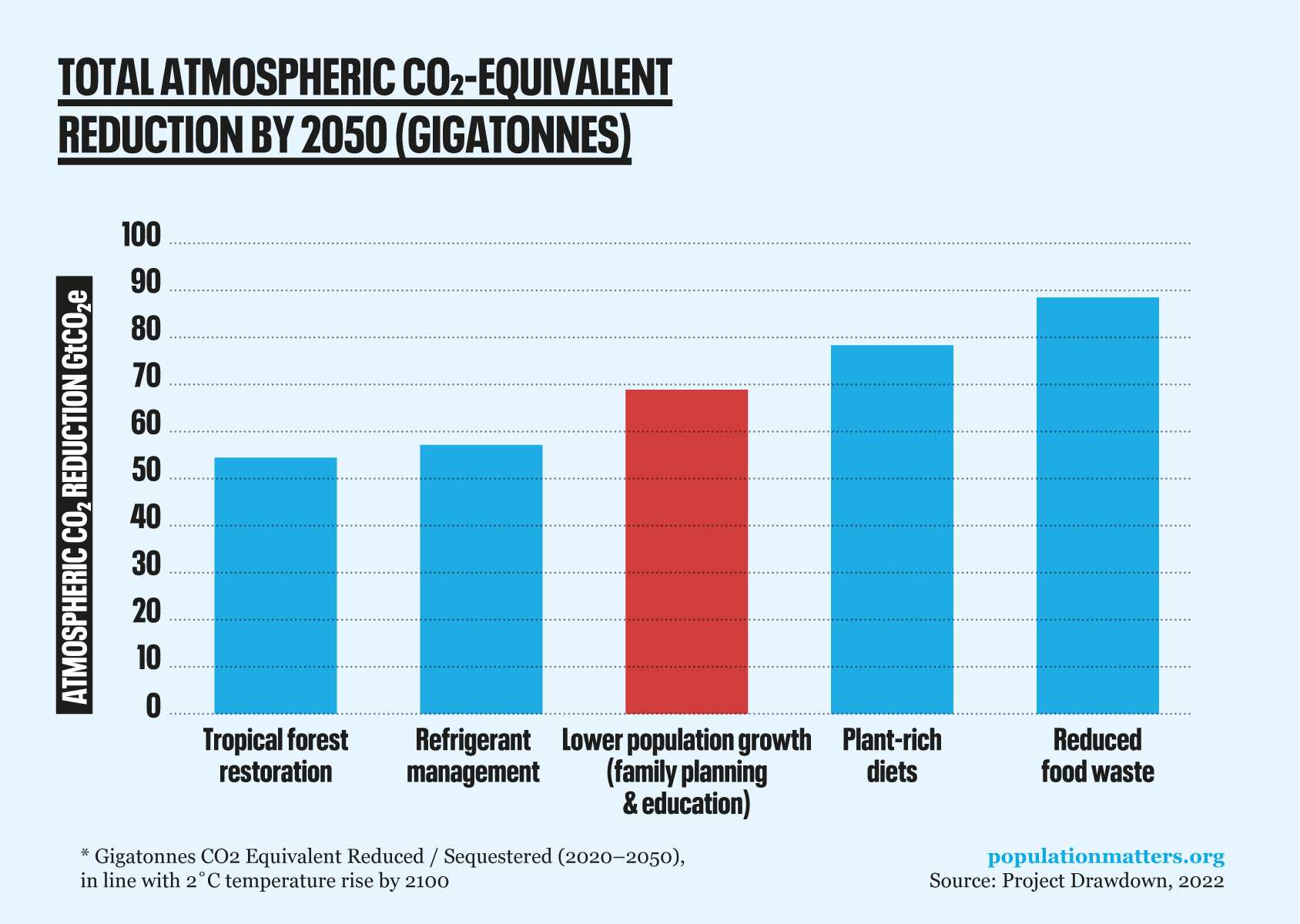
A message for COP26 delegates
We asked Sara Lara, Founder of Population Matters’ Empower to Plan partner Women for Conservation, about the importance of family planning and girls’ education for the climate and environment, and what she wants delegates at COP26, the crucial climate conference, to know. Women for Conservation work to provide women and girls in rural Colombia with access to sexual and reproductive health services and engage communities in conservation efforts.
high consumption in the global north
The world’s richest 10% of people are responsible for around half of all emissions.

However, that doesn’t mean the number of people in poor countries who currently have a negligible effect on climate change doesn’t matter too. Around half of all emissions are produced by people earning less than the equivalent of US$38,000 per year.
In poorer countries, including those where population growth is highest, economic development is increasing individual carbon footprints and rapidly growing populations push emissions still higher. The emissions of low-middle-income countries increased by 43.2% between 2000 and 2013, due in part to increased industrialization and economic output.
People living in poverty have an absolute right to economic development and we must not tackle climate change by keeping people poor. That makes it all the more important to empower people to reduce population growth through ethical means.
The world’s most populous nations, India and China, are among the top contributors to climate change overall, despite lower impacts from each individual than in wealthier countries. While population growth in India and China is now relatively low, people born today in countries whose populations are still expanding rapidly will have a climate impact for generations to come. Unless we want people to stay poor, we can’t ignore population growth where emissions are currently low.
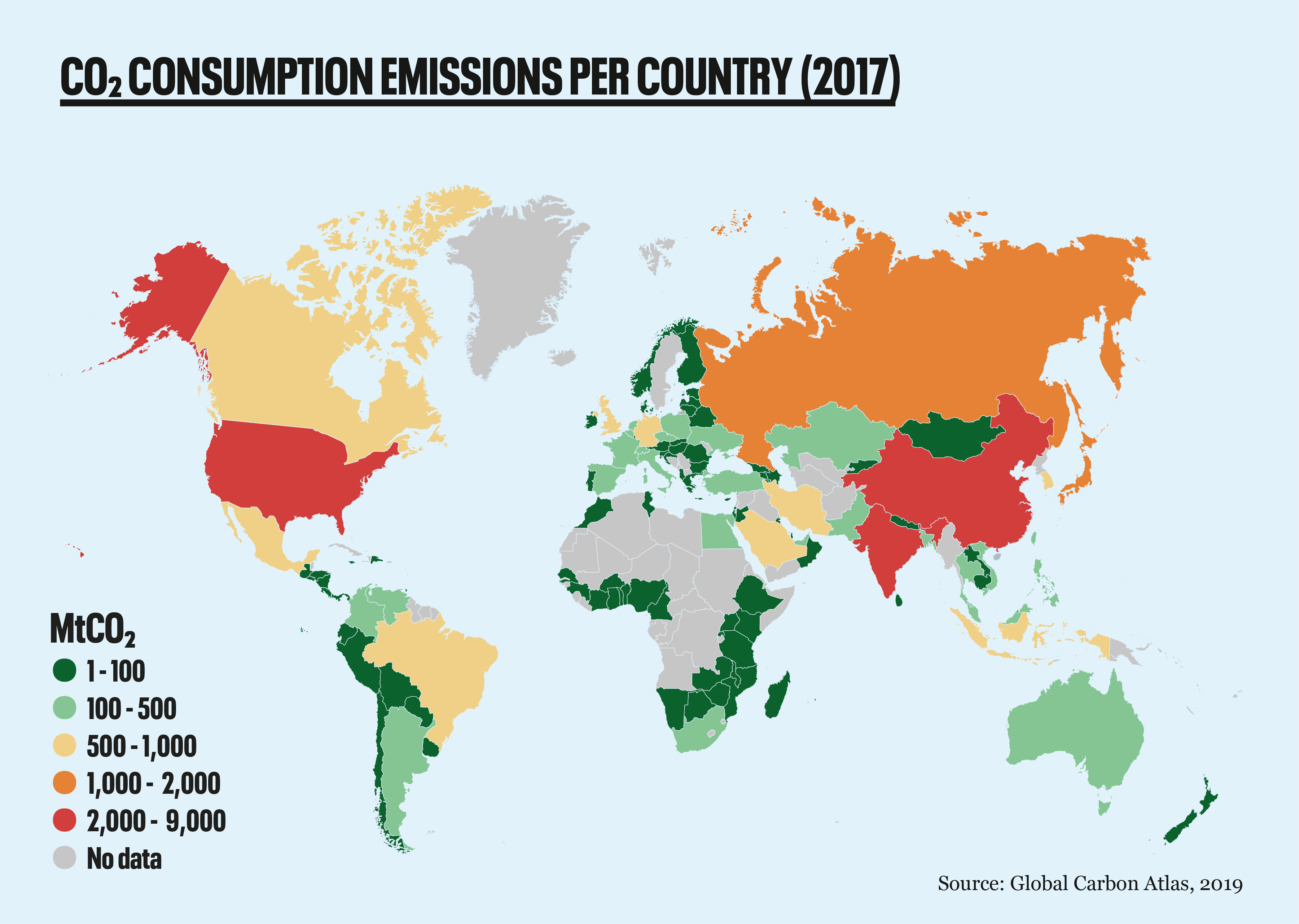
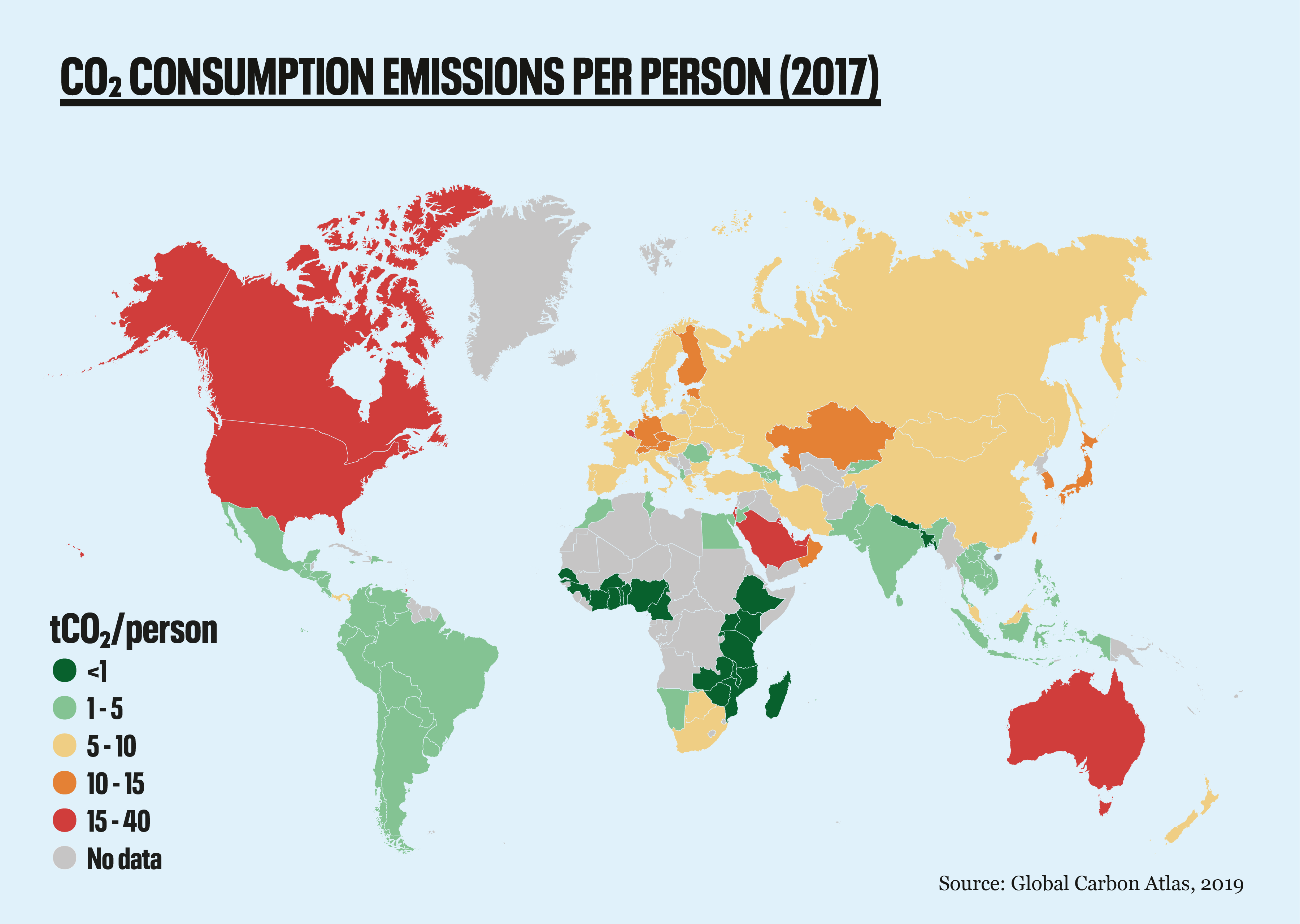
Population growth must be addressed in all countries to tackle climate change.
The ethical, effective means of achieving a sustainable population empower people and improve lives. Family planning, girls’ education and other measures to empower women are not just essential for individuals’ wellbeing, but help communities and nations. Tackling poverty through greater global justice frees people from the conditions which restrict them from exercising their human rights, as well as helping to provide lives of dignity and security.
Read our latest news about climate change
You can find all the latest updates on this topic at the link below.
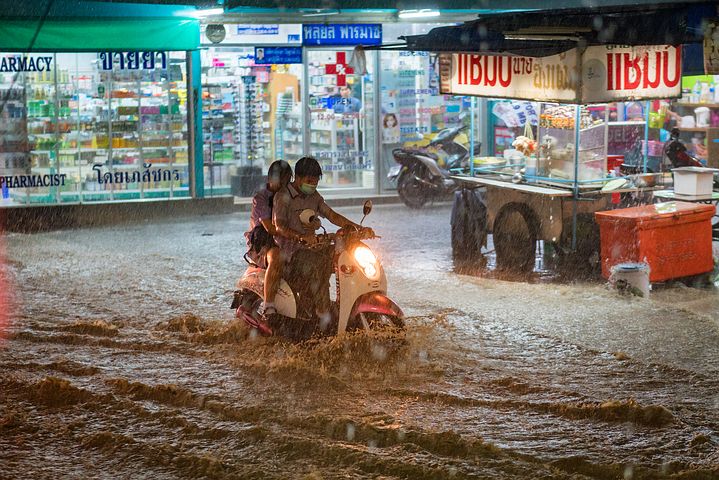
If we are to succeed in preventing the worst effects of climate change, we must take action to address the causes and effects of population.
Related content
Learn more
Our Population Explorer is a fun, interactive online tool that allows you to acess information and key data about the relationship between population and climate change. Click the button above to check it out.



